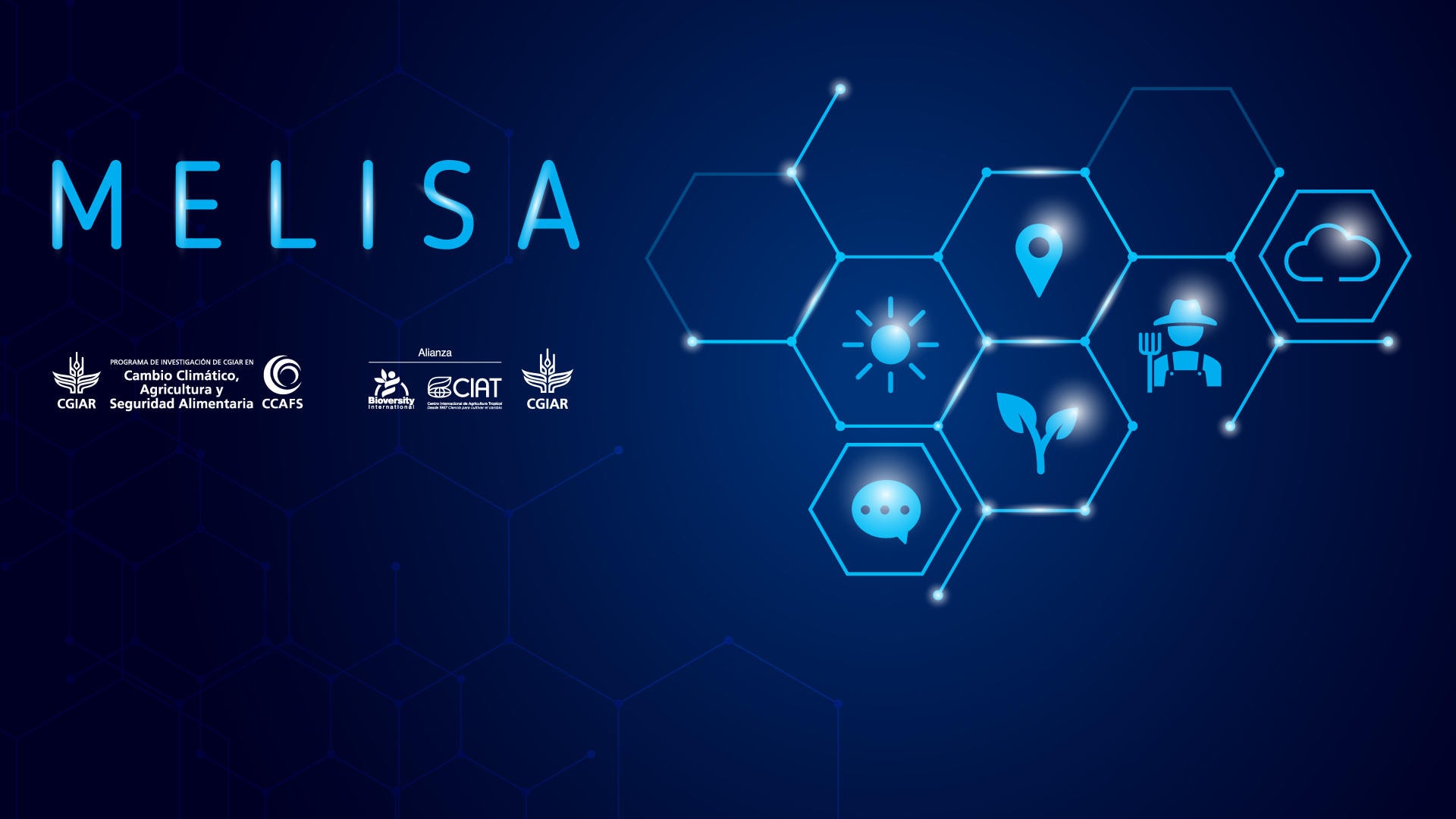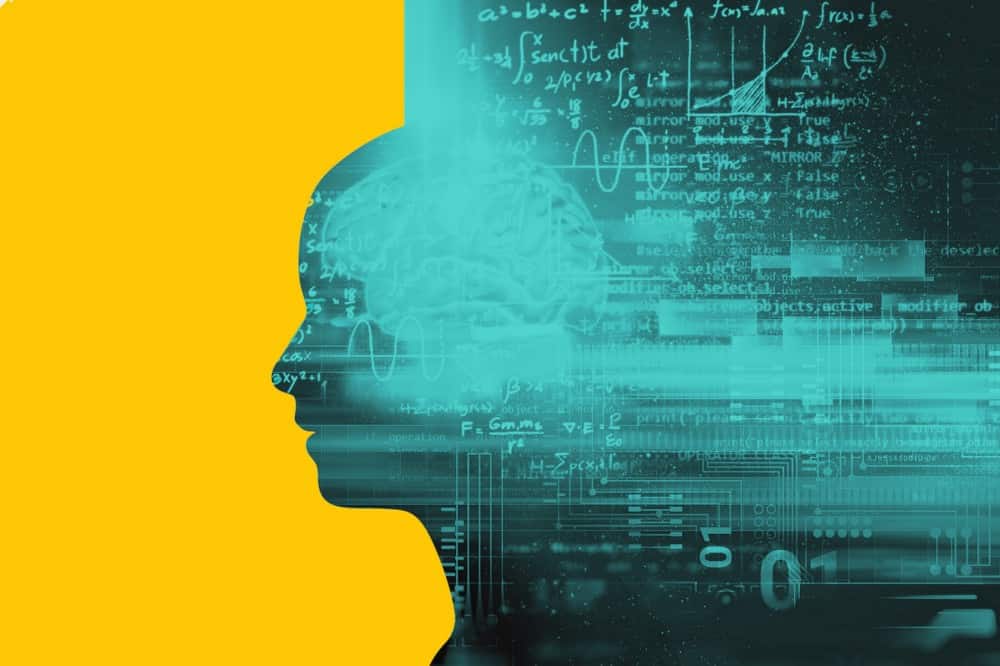
Computer vision is an area that applies visual images to solve problems. Much like a jigsaw puzzle, computer vision is designed to piece together a visual image. Computer vision is a process that identifies the parts of an image and models subcomponents. Then it assembles them using deep networks layers. However, unlike a human brain, computer vision is not given a final image; instead, it is fed hundreds of thousands of related images.
Image segmentation
Among the most common approaches to image segmentation using computer vision is the use of a fully convolutional network. This approach extends concepts of image classification network and introduces new methods for image segmentation. Ronneberger and colleagues propose an architecture called the U-Net that uses a combination of global average pooling and atrous convolutions to improve localization accuracy. This architecture is used by many researchers and practitioners to get high-quality segments. However, one of the drawbacks is that it introduces a loss in resolution due to the use of valid padding.
Image segmentation is a complex topic. There are many methods for image segmentation. Each method has its limitations and capabilities. Both methods have their own strengths and weaknesses, but they share the same goals: improving image recognition and decreasing computational complexity. Image segmentation can be used to enhance computer vision applications across many industries. These include facial recognition technology and advanced security systems. These algorithms can also help the medical profession to accurately identify cancer cells and determine the volume of tissue. They also allow for navigation during surgery.

Recognition optical characters
OCR is an optical character recognition process that allows computer programs to read text from images. This technology is useful for many purposes, including in the management of businesses and organizations. It can also be used to convert paper sales invoices to digital format. With OCR, the process is automated, meaning that the system can read a document without human intervention. This feature is especially useful when converting documents into digital formats, such PDFs.
One of the most common tasks in machine vision is optical character recognition. This task extracts text out of images. OCR is a state-of-the art technique that can extract text from images. They are also resistant to medium-grain graphic noise. They are also capable of producing satisfactory results when partially obscured characters exist. Text segmentation is a key factor in the accuracy and efficiency of recognition. OCR can recognize most cases. Certain cases require the use of new models.
Face recognition
Computer vision or face recognition is a method for recognising faces. It's the use of images and computer algorithms to identify faces in a database. It is used for many purposes. It has enormous potential to improve the quality life of all people. It is a powerful tool for automating processes and creating new industries. Cameralyze offers no-code, privacy protected applications for face detection.
There are many face recognition methods, each with their own relative merits and demerits. The task that requires it will determine the choice of which method is best. This article will present some of the most popular face recognition techniques and show you how to use them. These methods are easy-to-implement in Python and are relatively simple to learn. You can do face detection in a matter of hours using the OpenCV library.

Queue detection
We propose a computer vision algorithm that detects queues. The algorithm uses object trajectories for queue saturation and service rate estimation. The algorithm was tested with several traffic scenarios, including light and heavy traffic. It showed high accuracy in estimating arrival points. This section will explain the various aspects and show how it can identify lane membership for different conditions.
The algorithm described in this paper collects data on the queue of vehicles. These data are used to identify which classes and speed of each vehicle, as well the number of vehicles that are in the queue. To determine the relationship between the length of a queue and each vehicle's acceleration, the collected data are analyzed. The algorithm then determines the queue length using motion detected in two consecutive frames. This is a powerful method to identify queues on the roads.
FAQ
What countries are the leaders in AI today?
China has the largest global Artificial Intelligence Market with more that $2 billion in revenue. China's AI industry is led Baidu, Alibaba Group Holding Ltd. Tencent Holdings Ltd. Huawei Technologies Co. Ltd., Xiaomi Technology Inc.
China's government is heavily involved in the development and deployment of AI. Many research centers have been set up by the Chinese government to improve AI capabilities. The National Laboratory of Pattern Recognition is one of these centers. Another center is the State Key Lab of Virtual Reality Technology and Systems and the State Key Laboratory of Software Development Environment.
China is also home to some of the world's biggest companies like Baidu, Alibaba, Tencent, and Xiaomi. All of these companies are working hard to create their own AI solutions.
India is another country that has made significant progress in developing AI and related technology. India's government is currently focusing its efforts on developing a robust AI ecosystem.
What does the future look like for AI?
The future of artificial intelligence (AI) lies not in building machines that are smarter than us but rather in creating systems that learn from experience and improve themselves over time.
Also, machines must learn to learn.
This would enable us to create algorithms that teach each other through example.
You should also think about the possibility of creating your own learning algorithms.
You must ensure they can adapt to any situation.
What are the potential benefits of AI
Artificial intelligence is a technology that has the potential to revolutionize how we live our daily lives. It has already revolutionized industries such as finance and healthcare. It is expected to have profound consequences on every aspect of government services and education by 2025.
AI is being used already to solve problems in the areas of medicine, transportation, energy security, manufacturing, and transport. The possibilities are endless as more applications are developed.
It is what makes it special. First, it learns. Computers can learn, and they don't need any training. Computers don't need to be taught, but they can simply observe patterns and then apply the learned skills when necessary.
AI's ability to learn quickly sets it apart from traditional software. Computers are capable of reading millions upon millions of pages every second. They can recognize faces and translate languages quickly.
Artificial intelligence doesn't need to be manipulated by humans, so it can do tasks much faster than human beings. In fact, it can even outperform us in certain situations.
A chatbot named Eugene Goostman was created by researchers in 2017. It fooled many people into believing it was Vladimir Putin.
This shows how AI can be persuasive. AI's adaptability is another advantage. It can be easily trained to perform new tasks efficiently and effectively.
This means that companies don't have the need to invest large sums of money in IT infrastructure or hire large numbers.
Is Alexa an AI?
The answer is yes. But not quite yet.
Amazon's Alexa voice service is cloud-based. It allows users speak to interact with other devices.
The Echo smart speaker first introduced Alexa's technology. Since then, many companies have created their own versions using similar technologies.
These include Google Home and Microsoft's Cortana.
Are there any potential risks with AI?
It is. There will always exist. AI is a significant threat to society, according to some experts. Others argue that AI is necessary and beneficial to improve the quality life.
AI's misuse potential is the greatest concern. It could have dangerous consequences if AI becomes too powerful. This includes autonomous weapons and robot rulers.
AI could also replace jobs. Many fear that AI will replace humans. Others think artificial intelligence could let workers concentrate on other aspects.
For instance, some economists predict that automation could increase productivity and reduce unemployment.
Statistics
- According to the company's website, more than 800 financial firms use AlphaSense, including some Fortune 500 corporations. (builtin.com)
- By using BrainBox AI, commercial buildings can reduce total energy costs by 25% and improves occupant comfort by 60%. (analyticsinsight.net)
- A 2021 Pew Research survey revealed that 37 percent of respondents who are more concerned than excited about AI had concerns including job loss, privacy, and AI's potential to “surpass human skills.” (builtin.com)
- While all of it is still what seems like a far way off, the future of this technology presents a Catch-22, able to solve the world's problems and likely to power all the A.I. systems on earth, but also incredibly dangerous in the wrong hands. (forbes.com)
- The company's AI team trained an image recognition model to 85 percent accuracy using billions of public Instagram photos tagged with hashtags. (builtin.com)
External Links
How To
How to Set Up Siri To Talk When Charging
Siri can do many tasks, but Siri cannot communicate with you. This is because your iPhone does not include a microphone. Bluetooth or another method is required to make Siri respond to you.
Here's how Siri will speak to you when you charge your phone.
-
Select "Speak when Locked" from the "When Using Assistive Hands." section.
-
To activate Siri, double press the home key twice.
-
Siri will respond.
-
Say, "Hey Siri."
-
Speak "OK."
-
Speak: "Tell me something fascinating!"
-
Speak "I'm bored", "Play some music,"" Call my friend," "Remind us about," "Take a photo," "Set a timer,"," Check out," etc.
-
Speak "Done."
-
Thank her by saying "Thank you"
-
If you have an iPhone X/XS (or iPhone X/XS), remove the battery cover.
-
Reinsert the battery.
-
Reassemble the iPhone.
-
Connect the iPhone to iTunes
-
Sync the iPhone
-
Allow "Use toggle" to turn the switch on.